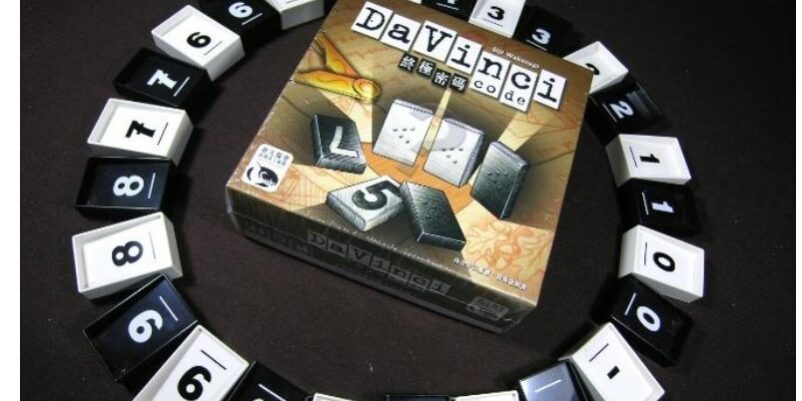Game components are the physical representations of the game mechanics and dynamics that exist in a game. In tabletop games, these are the physical pieces that players interact with throughout the game. They typically have multiple purposes, including: representing information; positions; and relationships in the game. It includes primary components, universal components, identification components, randomization components, and measurement components. This article will focus on versatile game components in tabletop games.
What is Versatile Game Components
Versatile components are those that can used for almost everything. They can used to hide information, reveal information, show acquired territory, show influence, etc… These components are so versatile that for most games, they are the only components.
Cards and Tiles are both Versatile Game Components.
Cards: One of Versatile Game Components
Board game cards are one of the most versatile game components available. The 52-card deck is a staple of gaming and entertainment. The number of games that can played with a standard 52-card deck seems almost endless. This is why cards are one of the most versatile components. They can used for any number of different actions, including helping you randomize a set of traits; events; or resources. They can used to keep track of properties and goods, as in the Vaki Card Game. Tiles can also used to provide player information. Such as “character” cards that provide flavor text for some games, and useful asymmetric starting abilities for other games.
Tiles: One of Versatile Game Components
Mahjong tiles are almost as versatile as playing cards. The cards can usually be transported and stored in folding boxes. This means that, in general, you can store many more tiles in the same amount of space than you can with mahjong tiles. However, mahjong tiles give players an extra touch when playing mahjong. Carcassone is almost entirely a game of mahjong tiles, and their order is randomized throughout the game. Tiles can also provide players with control and development areas, as in castle-break-board-game and Fon-Lespri-Koko.













